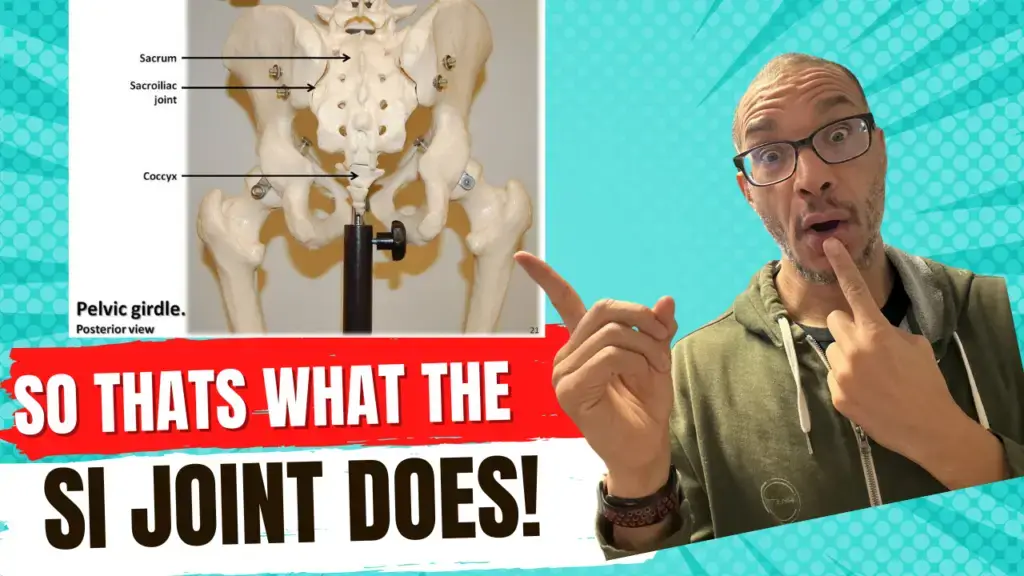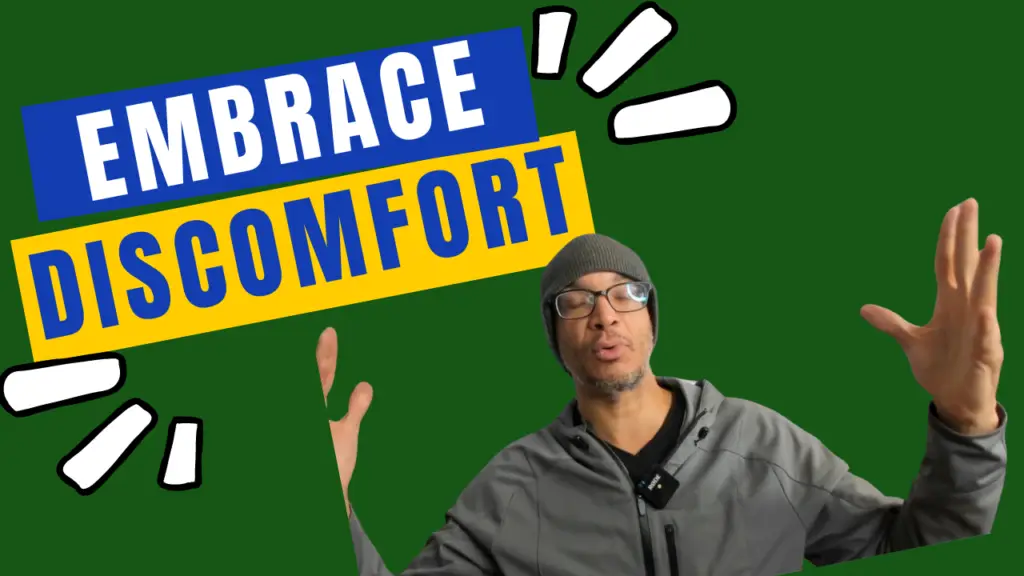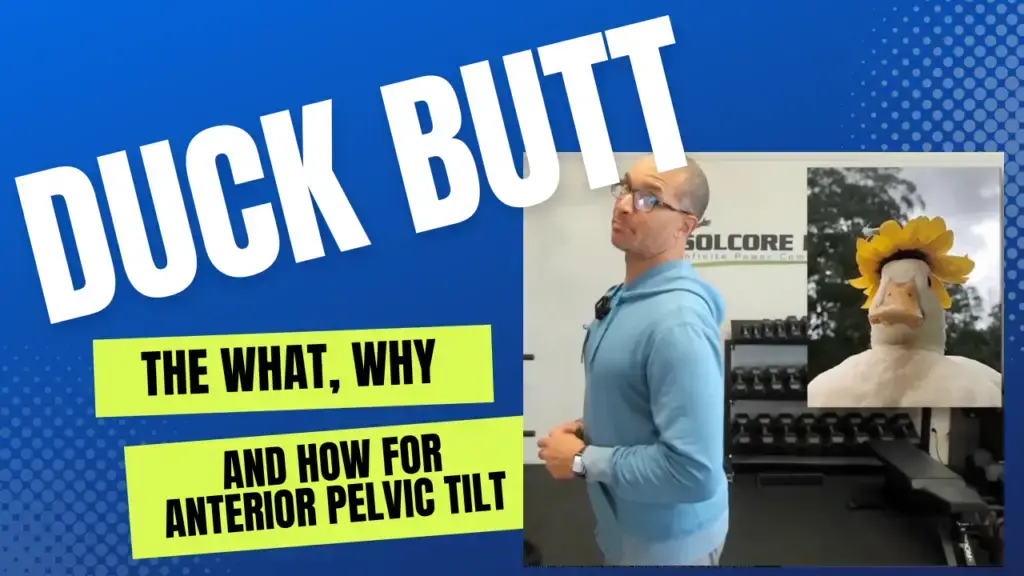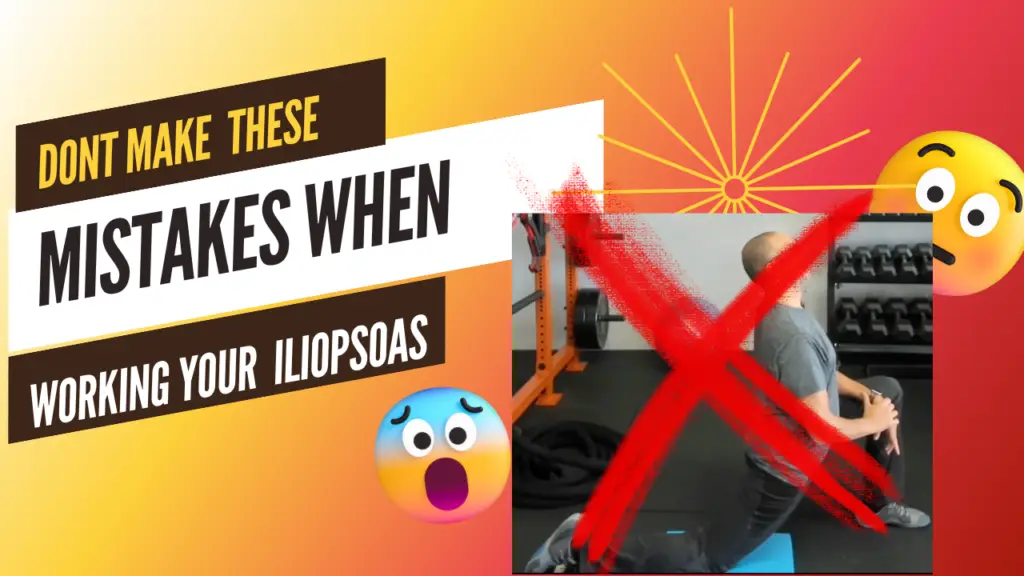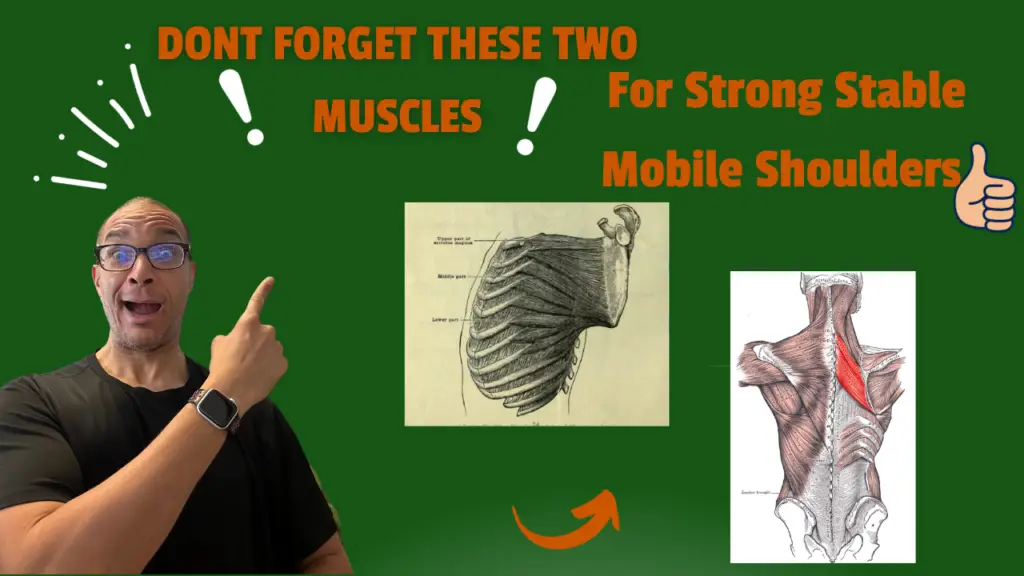Are you searching for lower back pain relief? Googling lower back pain exercises, stretches, or massages? You’re not alone—lower back pain affects over 619 million people worldwide and is one of the leading causes of disability.
I know the frustration personally. About 16 years ago, I fell into that statistic. I tried doctors, PTs, chiropractors, acupuncture, yoga, Pilates—you name it. Some helped temporarily. Others made things worse. None gave me long-term results… until I took a holistic approach to my body.
I’m Ekemba Sooh, owner of SolCore Fitness in Santa Fe. I’m a SomaTrainer and SomaTherapist trained in a unique, osteopathic method of working with the body. After 30+ years in this field, I’ve helped countless people who were failed by symptom-focused care finally find relief—and get their lives back.
If you’re tired of lower back pain running your life, here are 3 major reasons you’re stuck—and what to do about it.

1. Poor Posture: Structure Dictates Function
Bad posture does more than look sloppy—it breaks down your entire system. Structure dictates function. That means your body only works as well as it’s aligned.
Having poor posture compresses joints, disturbs your fascia, restricts movement, and stresses your nervous system. And it’s not just about “standing up straight”—you need to stack your ear, shoulder, hip, and ankle vertically (plumb line), and be able to maintain that inside a 40° gravity cone.
If your posture’s off, everything else—training, therapy, diet—can only take you so far.
2. Bad Training: What Are You Actually Teaching Your Body?
Your body adapts to what you do—constantly. Whether you’re standing, sitting, or lifting weights, you’re always “training” it. The problem? Most people unknowingly teach their body to break down.
Take sitting, for example. It shortens and weakens your hip flexors and rotators, rounds your spine, and shuts off your glutes. This creates a chain reaction that leads straight to lower back pain. Most training programs don’t undo this damage—they reinforce it.
Effective training must be holistic and specific. You need to work not just the muscles that hurt, but the fascia and chains that surround them. That means targeted stretching, segmental strengthening, and spinal decompression like ELDOA—not generic “core” exercises or trendy workouts.
3. Bad Treatment Models: Are You Chasing Symptoms or Solving Causes?
Most conventional treatments focus on symptoms. You’re in pain, so you get pain meds, ice, or maybe some stretches on a sheet. That might help for a few days—but it doesn’t fix the cause.
Symptom-based care creates a cycle: Pain → Treatment → Temporary Relief → Pain Returns.
Cause-based therapy works differently. It asks:
- Why did this pain start in the first place?
- What movement patterns, lifestyle habits, or dysfunctions are at play?
- What does your body specifically need to correct the problem?
In a cause-based model like mine, we assess how you move, how your spine functions, what your fascia is doing, and what your nervous system is compensating for. The goal isn’t just “feeling better”—it’s functioning better for life.
Bonus: Food, Hydration & Your Disc Health
Your lower back is only as healthy as what you feed it. Junk food, dehydration, and inflammation weaken your tissues—especially your discs. These shock-absorbing structures are 70% water. If they’re dehydrated, they shrink and lose strength.
Good food and proper hydration are not extras—they’re part of the solution.
So What Now?
Ask yourself:
Do you want to just feel less pain—or do you want to function better?
If it’s the latter, you need a program that:
- Works holistically (not just locally)
- Targets the cause, not just the symptoms
- Evolves with your body over time
That’s the work I do. And if you’re ready, I’ve got a few options:
- Grab my free ebook on the 4 essential steps to living pain-free.
- Schedule a consult if you want to work together directly—only if it’s a fit.
Lower back pain isn’t just about your back. It’s your posture, your habits, your beliefs, your biology. You can heal it—but only if you take a complete approach..
it’s not just working out, it’s building a foundation for a better life.
Find out more @



